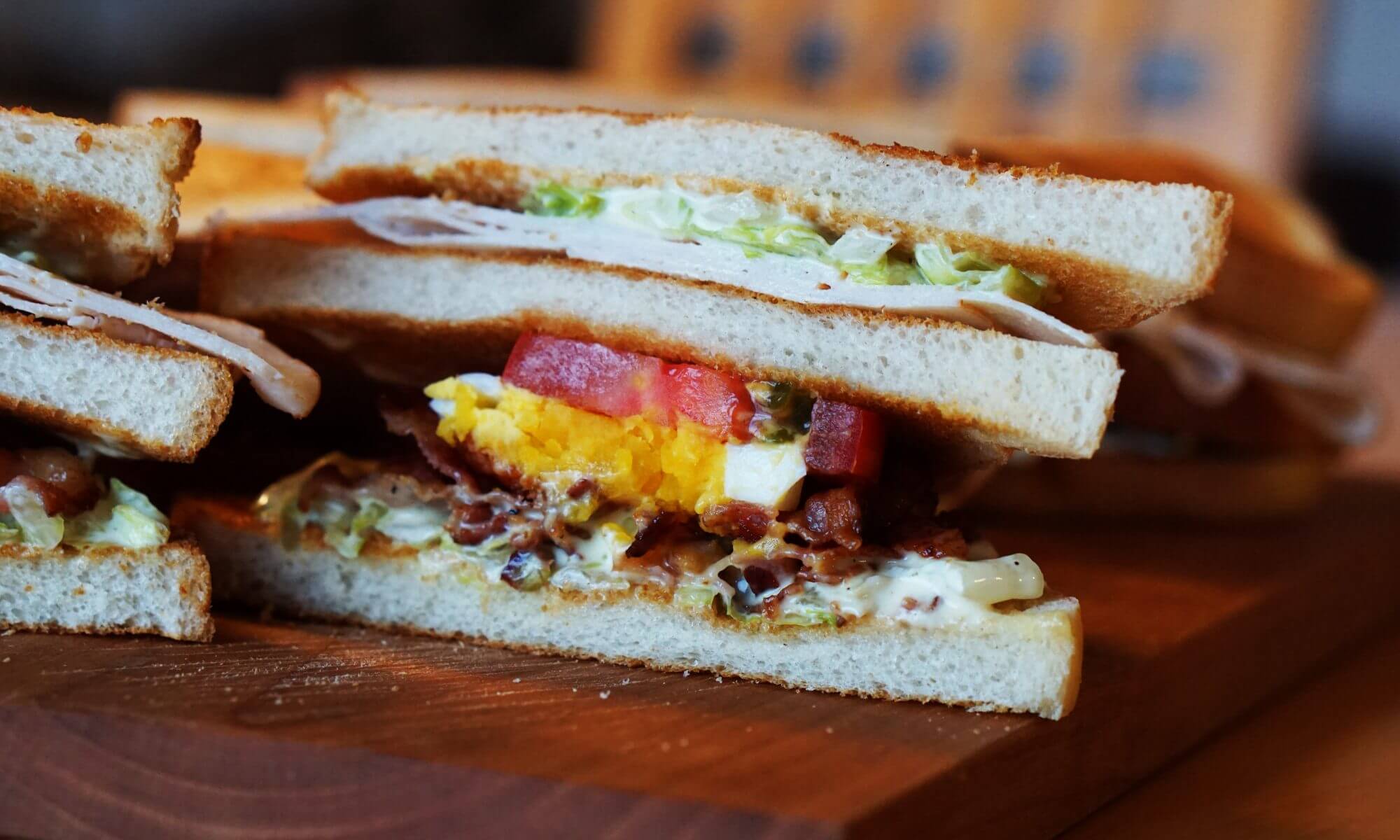Flashback, erst 60 her und alles schon vergessen:
In late 1948, Martin Knop, used the newspaper "Amicus-Briefbund" to point out besides contact points, [Gay] meeting places and locations in Berlin, and afterwards became a member of the GfRdS. In September 1949, Werner Becker, a member of the board of directors of the WhK, in Der Kreis [The Circle] gave an actual account of the Gay scene in Berlin. He mentioned "23 men's and about 15 women's-clubs", many places often changing their locations [to avoid police raids]: "from the primitive backyard pubs in the eastern part of the city to the exclusive and fashionable bars in the west all were represented". In May 1949 there was for example a ball with 300 participants on the memorable date of May 17th [in the European tradition the number of the month follows the number of the day so May 17th becomes 17.5 which corresponds to the number in § 175]. As Werner Becker further reported the joy over these new found opportunities was not uninterrupted "because these events had to be allowed by the criminal police, and so they were all often kept under surveillance by police order. [...] The unscrupulous police acted just like in the times of the Gestapo as agent provocateurs. Nearly every week such cases took place in the Berlin courts. The smallest misstep could cost one their life, it could bring prison, one could lose the right to vote or run for office, or at the very least it could bring social ruin".
By 1957 the special department of the criminal police for the struggle against homosexuality had brought convictions against 13 locations, 1962 saw Ernst Schramm, the leader of the "Homosexuellendezernat" (special department for homosexuality of the police) cause trouble for 19 locations. The middle of the 1950s saw increased police action against Gay meeting places. Police persecution and observation regularly took place against locations and dance halls for example by noting the registration numbers of cars parked outside of such places, to identify their owners and then registering them in the "Homosexual Index". With this information they hoped to increase the pressure with interrogations and obtain confessions. Besides these methods there were large scale police raids, among others on October 26, 1957 the Schöneberg location of Amigo, was raided by 150 policemen and 37 people were arrested. One month later they raided Elli's Bier-Bar in Kreuzberg, of 100 people present one third of them were arrested.
In the spring of 1958, the Kleist-Kasino and the Robby-Bar were raided, the Pilsator, the meeting place for the GfRdS, was now threatened and so the group had to move to a new location.
The Gay magazines of the 1950s listed
the following locations for Berlin tourists:
| Amigo-Bar | Mansteinstraße 13 |
| Bart | Fasanenstraße 70 |
| Bei Günther, later called Bei Rudi | Durlacher Straße 25 |
| Bohème | Skalitzer Straße 95a |
| Bohème-Bar | Courbierestraße 13, the corner with Kleiststraße |
| Die Hütte | Goethestraße 49, meeting place for the Club der Freunde [the Friends Club] |
| Elli's Bier-Bar | Skalitzer Straße 102 |
| F 13 | Friesenstraße 13 |
| Fürstenau | Adalbertstraße 21 |
| Gerda Kelch | Prager Straße 30 / Motzstraße 8 |
| Granada | Corbierestraße 13 |
| Haus Thefi | Kurfürstenstraße 116 |
| Henry's Delmonico | Wissmannstraße |
| Kleist-Kasino | Kleiststraße 35 |
| Mamitas Bierstube | Lausitzer Platz 1 |
| Robby-Bar | Fuggerstraße 3, and later Ausburger Straße 74 |
| Opern-Keller | Kantstraße 12 |
| Roma-Bar | Augsburger Straße |
| Schultheiß-Quelle | Courbierestraße, meeting place for the Internationale Freundschaftsloge [International Friendship League] |
Quelle: Schwules Museum Berlin
Lesetipp:
Andreas Pretzel (Herausgeber): „NS-Opfer unter Vorbehalt. Homosexuelle Männer in Berlin nach 1945“, Reihe: Berliner Schriften zur Sexualwissenschaft und Sexualpolitik, Band3, LIT-Verlag, Münster, Hamburg, London, 2002, ISBN 3-8258-6390-5
